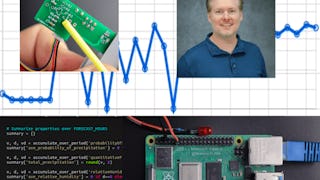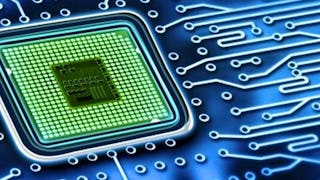Serial Peripheral Interface
The Serial Peripheral Interface (SPI) is a synchronous serial communication interface specification used to send data between microcontrollers and small peripherals. Coursera's SPI catalogue teaches you about the principles and applications of this communication protocol commonly used in embedded systems. You'll learn about the SPI data transfer method, how to set up SPI communication between two devices, and the role of master and slave devices in SPI. Additionally, you'll gain understanding of crucial concepts like clock polarity and phase, data transmission rates, and chip select techniques that allow effective communication with multiple devices. By the end of your study, you'll be able to implement SPI in various applications such as interfacing with sensors, memory devices, and digital signal processors.
2credentials
7courses
Most popular
- Status: Free TrialFree Trial
 J
JJohns Hopkins University
Specialization
 P
PPackt
Course
Trending now
 Status: Free TrialFree Trial
Status: Free TrialFree TrialSpecialization
 Status: Free TrialFree TrialJ
Status: Free TrialFree TrialJJohns Hopkins University
Specialization
 U
UUniversity of Colorado Boulder
Course
 Status: Free TrialFree Trial
Status: Free TrialFree TrialCourse
New releases
 U
UUniversity of Colorado Boulder
Course
 P
PPackt
Course

Course
Filter by
SubjectRequired *
Required
*LanguageRequired *
Required
*The language used throughout the course, in both instruction and assessments.
Learning ProductRequired *
Required
*Learn from top instructors with graded assignments, videos, and discussion forums.
Get in-depth knowledge of a subject by completing a series of courses and projects.
LevelRequired *
Required
*DurationRequired *
Required
*SubtitlesRequired *
Required
*EducatorRequired *
Required
*Results for "serial peripheral interface"
Sort by: Best Match




